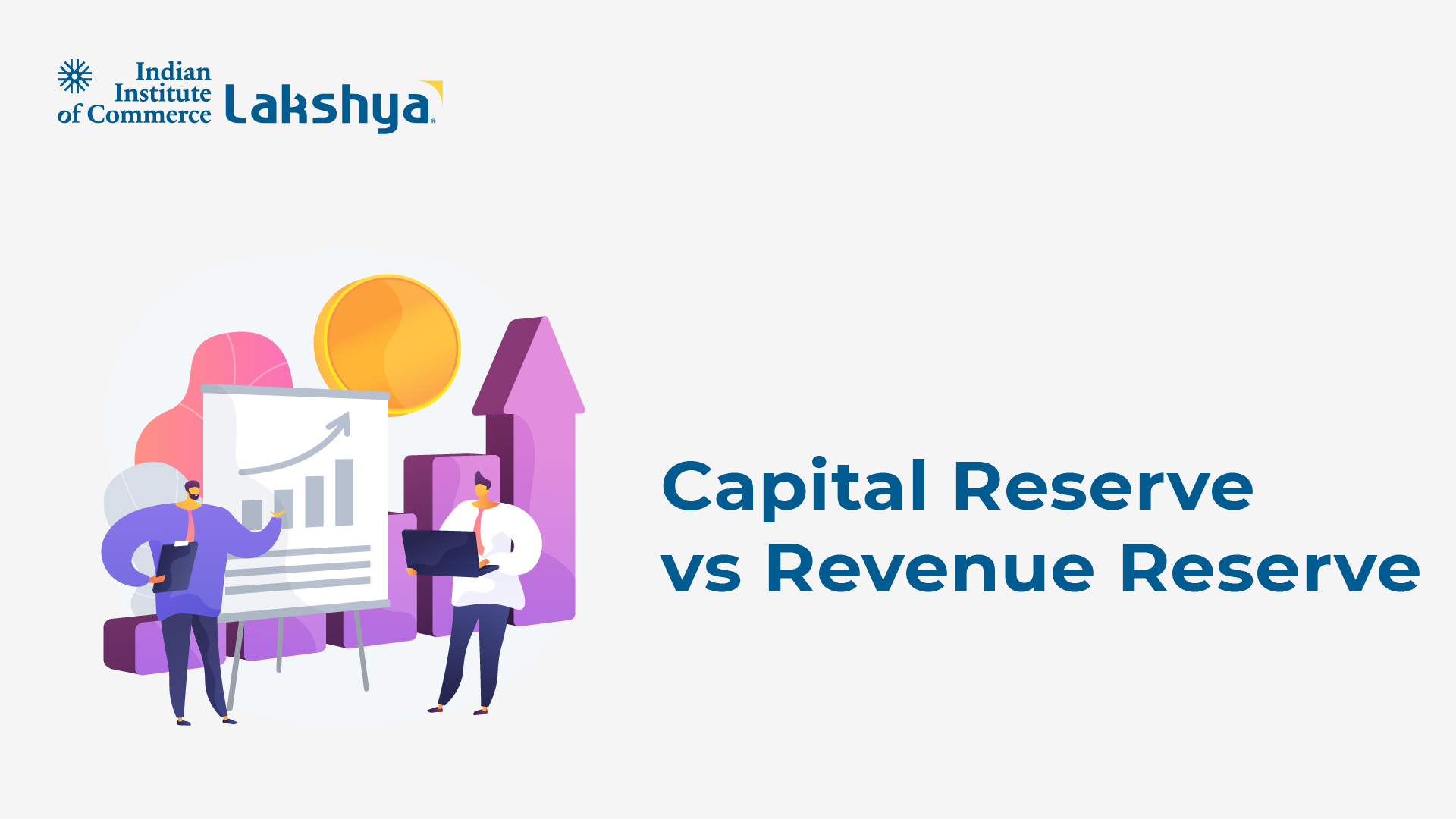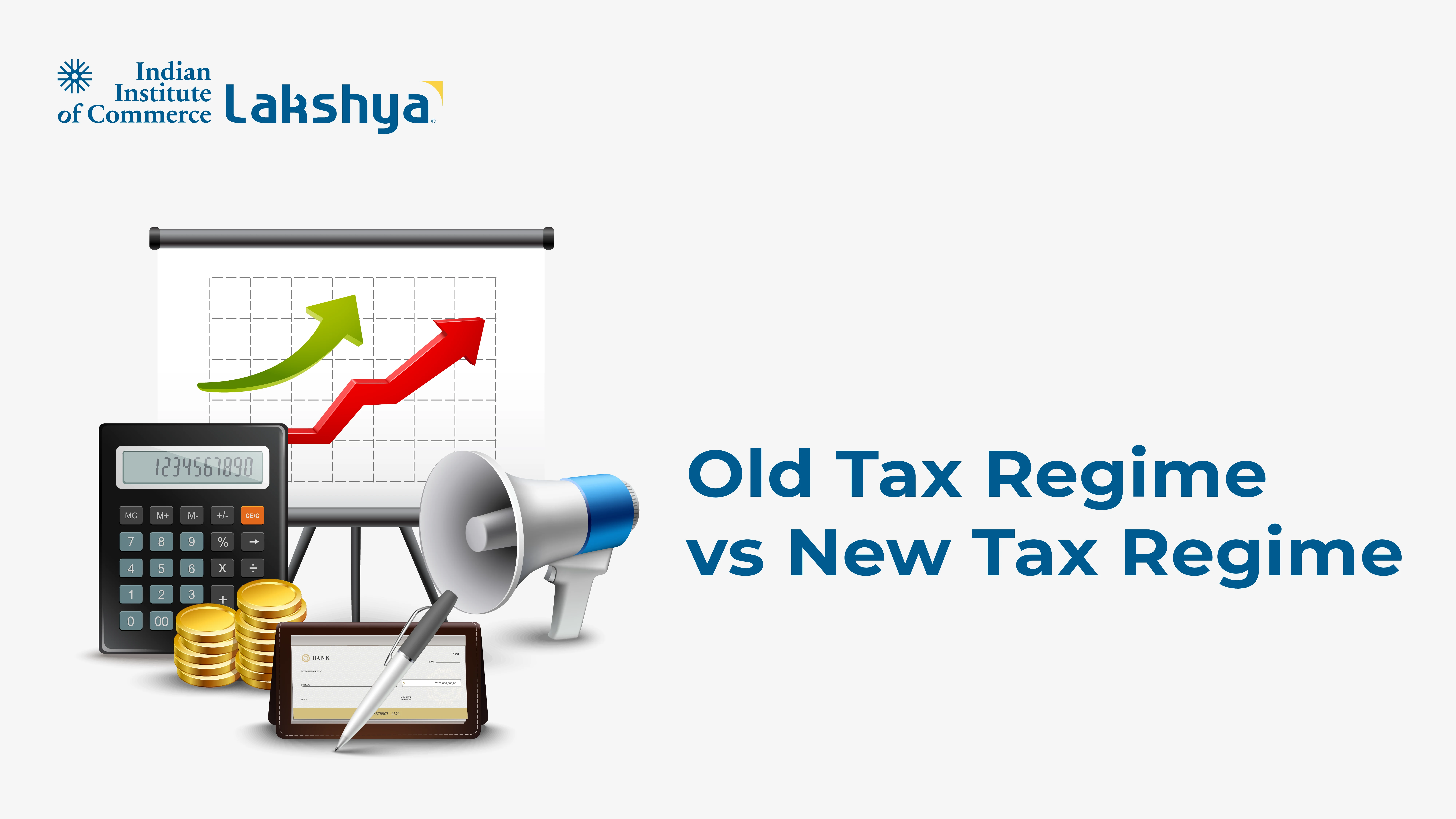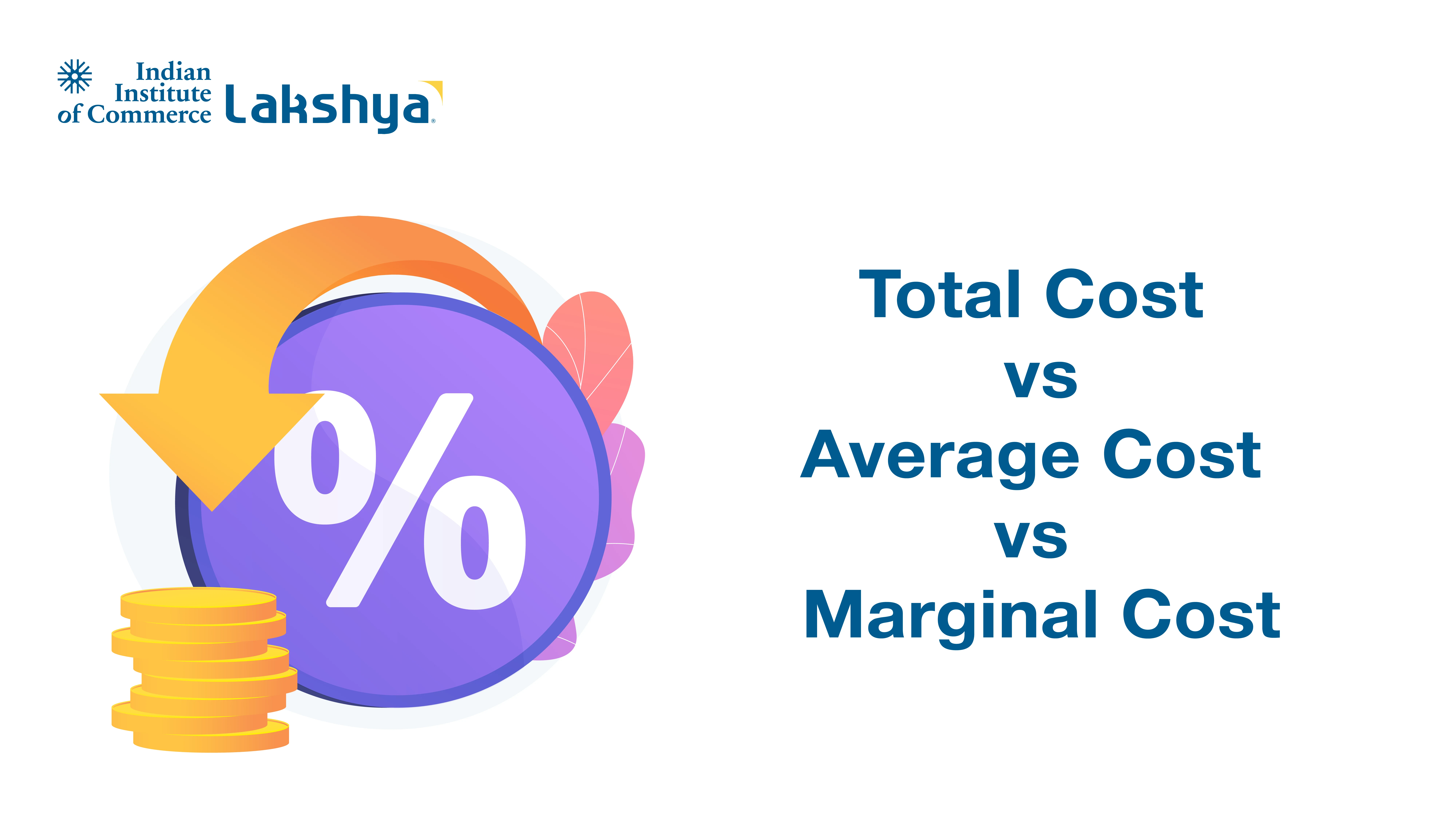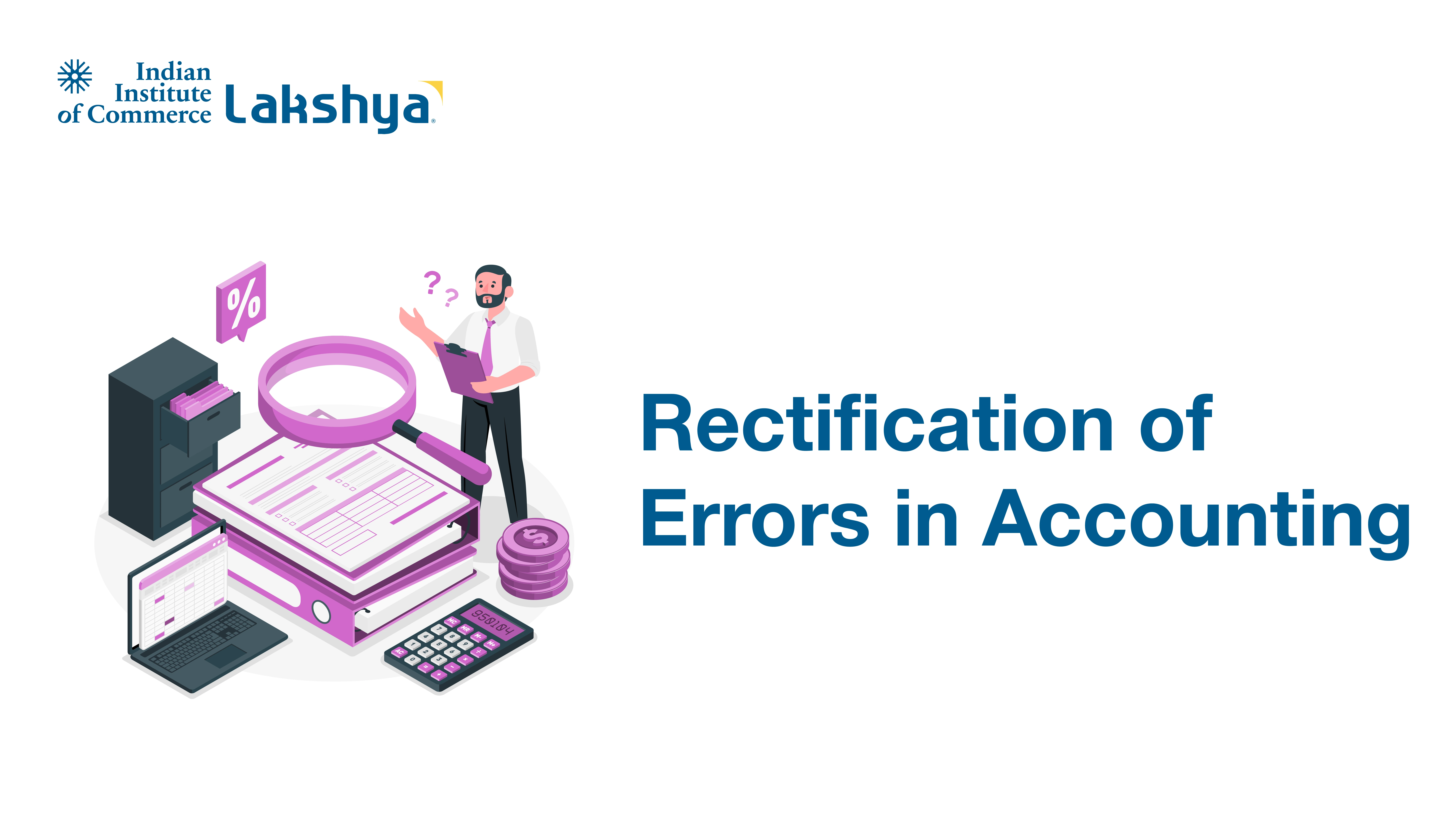National Income
Last Updated On -09 May 2025

National income measures a nation's health and prosperity, representing the total goods and services produced within a country over a specific period. A country's economic growth, the standard of living, and overall development.
Understanding the national income brings forth knowledge on what next steps to take in taxation, infrastructure, and other economic decisions. This blog will help you understand the vitality of tracking national income.
What do you mean by National Income?
National income refers to all the goods and services produced in a country in a given period. The measurement of overall economic performance indicates growth and development by analyzing national income. After understanding all this, the government and policymakers use the data to generate important financial decisions for wealth generation, distribution, and utilization. A society or nation is considered an "economic system," and the families or individuals contributing their services to this economic system are the two parts of national income.
Types of National Income
Different types of national incomes provide a different perspective on economic growth and performance. Understanding all these types allows the government and policymakers to analyze the trends in the market and make decisions accordingly. The types of national income are based on income generation, distribution, and expenditure.
The types of national income are:
Gross Domestic Product (GDP)
Gross Domestic Product is the value of the country's final goods and services produced in a year. GDP per capita is the average market value given by per person.
Types of GDP:
- Nominal GDP: Measured at the market's current price and not considering inflation.
- Real GDP: Adjusted for inflation for actual economic output measurement.
|
GDP = C + I + G + ( X - M ) Where,
|
Gross National Product (GNP)
GNP is the total market value of all the goods and services produced in a year by labor and property supplied by all the residents.
In simpler terms, GNP is GDP plus net income from abroad, which is the income by residents from foreign investments minus the income by foreigners from domestic investment.
|
GNP = GDP + Net Income from Abroad |
Are you interested in this topic and wish to learn more? Our video here will surely help you out!
Net National Product (NNP)
NNP is measured by the total value of all the finished goods and services produced by the citizens domestically and overseas. It is equivalent to the total value of a nation's output minus the GNP required to purchase new goods to maintain existing stock, which is called depreciation.
|
NNP = GNP - Depreciation |
Formulas and Methods for Measuring National Income
The methods for measuring national income are different ways of getting an insight into the economy from various perspectives. There are three different ways of calculating the national income, and to get a clear picture of the economic state, three of them play an equal role in it.
The three strategies used to obtain the market value of all the goods and services produced are to consider the individuals and their services.
Methods for Measuring National Income
The three primary Methods for Measuring National Income are:
- Production Method
- Income Method
- Expenditure Method
1. Production Method (Output Method)
The output method measures the total value of goods and services produced in different sectors during a specific period. As the name suggests, the economy's total output is calculated by this method, and it tackles the whole measurement on an industry-by-industry basis. To avoid double-counting, a simple value-added method is used where the sum of values added by every industry is put together at each stage.
Method of Calculating National Income by Output Method:
Step 1. Divide the economy into three sectors for convenience
- Primary Sector: Agriculture, Fishing, Mining
- Secondary Sector: Manufacturing, Construction
- Tertiary Sector: Banking, Transport
Step 2. Calculate the Net Value Added by each sector
Step 3. Exclude Intermediate goods to eliminate double-counting
Step 4. Add net factor income from abroad to get GNP.
The formula for calculating National Income by Output method
|
NNP = Total value of Output (Intermediate Goods) - Depreciation + Net Income from Abroad |
Example: If a farmer sells vegetables to a shop owner for $1,000 and the shop owner sells food items made from that vegetable for $1,000, only $500 (the shop owner's value addition) is included in the national income to avoid double-counting.
2. Income Method
All the earnings received by individuals and businesses in a year in wages, rent, or profits are added together for calculation by the income method. The total market value of the products by the producers is what they are paid; the total income is the total value of the product.
The formula for calculating National Income by the Income method
|
National Income ( NNP ) = Compensation of employees + Rent + Interest + Profits + Mixed Income |
Example: If the total wage of a company is 500 crore, rent is 200 crore, interest is 100 crore, and the profits generated are 400 crore, then national income = 500 + 200 + 100 + 400 = 1,200 crore
3. Expenditure Method
All or any organized sector buys products all year round, so the expenditure method is based on the same idea. Calculating the total expenditure on goods and services must equal the value of everything produced. All the spending by individuals, businesses, and government is calculated to give total value.
The formula for calculating National Income by the Expenditure method
|
National Income GDP = C + I + G + ( X - M ) Where, C = Consumption I = Investment G = Government Spending X - M = Net Exports ( Exports - Imports ) |
Example: If in a year, the household spending C is 6,000 crore, the business investment I is 2,000 crore, and G government spending is 3,000 crore with X - M = Net Exports 1,000 crore, then
GDP = 6,000 + 2,000 + 3,000 + 1,000 = 12,000 crore
National Income in India
The Indian economy has faced a lot of reforms in terms of economy, reflecting the country's conditions over decades. The Central Statistics Office under the Ministry of Statistics and Program Implementation is accountable for all the calculations and publishing of the data.
The growing industrialization, technological advancements, and expansion in the service sector have led to a strong foundation.
Measures Taken to Improve the National Income of India
The government has taken certain recent initiatives to improve the national income:
- Atmanirbhar Bharat ( Self-reliant India Initiative) ): Encourages local production
- Make in India: Promotes investment in local industries
- Digital India & Startup India: Focuses on Indian IT sectors
- Infrastructure Development: Focuses on roads, railways, and smart city making.
National Income of India: Then & Now
There have been significant changes in India's GDP and per capita income in the past years. So, let us see the basic differences in the national income of India in the 1950s and 2024. This will help us understand the timeline of income generation and the economic development in post-emergent India and current India. Entrepreneurship has played a vital role in recent decades, significantly contributing to national growth and development by generating employment across various sectors.
Here is a table comparing the national income of India then & now:
|
INDEX |
Around 1950 |
2024 (Roughly Estimated) |
|
National Income (GDP) |
Approx. INR 14,000 crores |
INR 28,70,000 |
|
Per Capita Income |
INR 500 |
INR 2,00,000 |
|
Economic Base |
Agriculture and Small-scale industry |
A mix of services, manufacturing, IT, and global trends |
|
Infrastructure & Technology |
Manual Ledgers, paper-based record-keeping |
Cloud-based accounting, real-time data |
|
Global Integration |
Domestic Focus |
Highly integrated into the global economy |
The figures provided are approximate estimates.
What is the Importance of National Income?
National income is vital in measuring a country's economic health, growth, and prosperity. All this provides a deeper understanding for policymakers to follow the trends and reform the policies for smooth economic performance.
Here are key reasons for National Income to be important:
- Measures the economic growth
- Helps in making policies
- Indicates the standard of living
- Comparison of economic performance on a global level
Read More:
- Purpose of Trading and Profit and Loss Account
- What is a Partnership Deed?
- Concept and Features of Business
- Functions of Management
Frequently Asked Questions ( FAQs )
How is the national income important?
Here are key reasons for National Income to be important:
- Measures the economic growth
- Helps in making policies
- Indicates the standard of living
- Comparison of economic performance on a global level
What are the methods of measuring the national income?
There are three methods of measuring national income:
- Production method: The output method measures the total value of goods and services produced in different sectors during a specific period.
- Income Method: The total market value of the products by the producers is what they are paid, and the total income is the total value of the product.
- Expenditure Method: The calculation of the total expenditure on goods and services must equal the value of everything produced
What are the key types of national income?
There are three main types of national income:
- GDP: Gross Domestic Product
- GNP: Gross National Product
- NNP: Net National Product






































































































































































































































.webp)











































